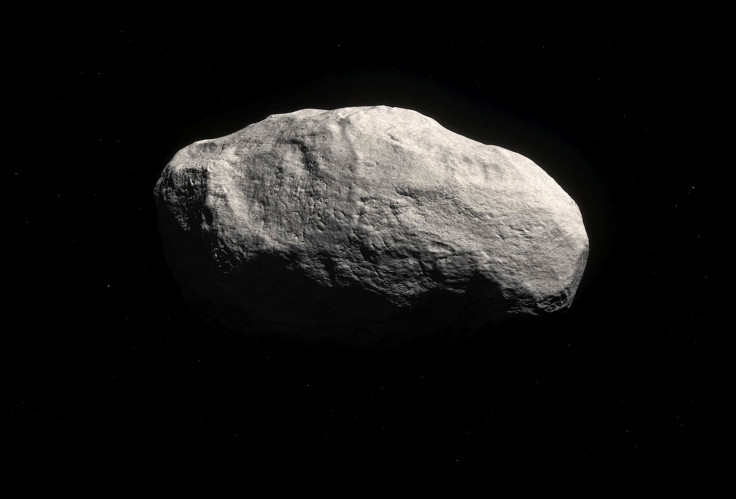Tailless Manx comet: Discovery of more such comets to shed light on planetary battles during Solar System formation

When in 2014 scientists discovered a mysterious object in the inner solar system that looked like an asteroid but was not so, they were baffled. Finally, with the help of Panoramic Survey Telescope and Rapid Response System (Pan-STARRS), they were able to identify the object as a peculiar tailless comet. The scientists called it Manx (C/2014 S3), named after a breed of cats without tails. This comet, unlike other comets, did not have a tail.
Now, the scientists say that the discovery was a first-of-its-kind, and analysing its composition may provide answers to formation and evolution of our solar system. The study, published in the journal Science Advances, describes the tailless comet as made up of rocky materials that are normally found near earth.
The researchers are of the opinion that Manx was formed in the same region as earth, unlike most comets that formed in the far icy reaches of the solar system. Hence, they were made up of frozen compounds and ice. Manx formed near earth but was booted out to the solar system’s backyard, like a gravitational slingshot, when planets were battling for position during solar system formation.
In 2014, this tailless comet paid another visit to its home region when it was identified by Pan-Starss. It slowly headed back out to the distant Oort cloud. Scientists are theorising that Manx is made up of inner solar system materials, stored in the Oort cloud. Located beyond the Kuiper Belt and Pluto, the Oort cloud extends 2,000 to as much as 200,000 times farther away from the sun than earth.
“It’s the first time that a rocky, inner solar system object has ever been seen coming from the Oort cloud,” astronomer Karen Meech from University of Hawaii told Discovery News.
C/2014 S3 is physically more like an inner belt, rocky asteroid than an icy comet forged in the solar system’s deep freeze. It is believed to be a sample of the same rocky material that built earth and other terrestrial planets. Apart from its tail and birthplace, the C/2014 S3 is also different from most comets based on its water content.
Computer modelling indicates that Manx has 100,000- to 1 million times less water than a typical comet. This is the reason Manx is without a tail. When common comets approach the sun, they develop tails as they get warmed by the sun and as water ice vaporises off their bodies. The comet Manx completes an orbit in 860 years.
If scientists are able to find 50 to 100 more Manx-type comets, that may answer the question of how and when our solar system settled into its current configuration.
“Depending how many we find, we will know whether the giant planets danced across the solar system when they were young, or if they grew up quietly without moving much,” astronomer Olivier Hainaut from European Southern Observatory in Germany said in a statement.





















